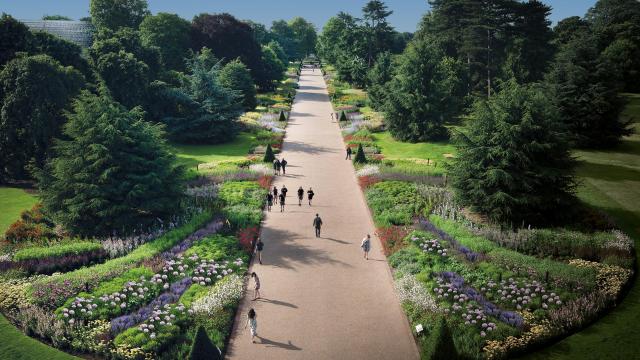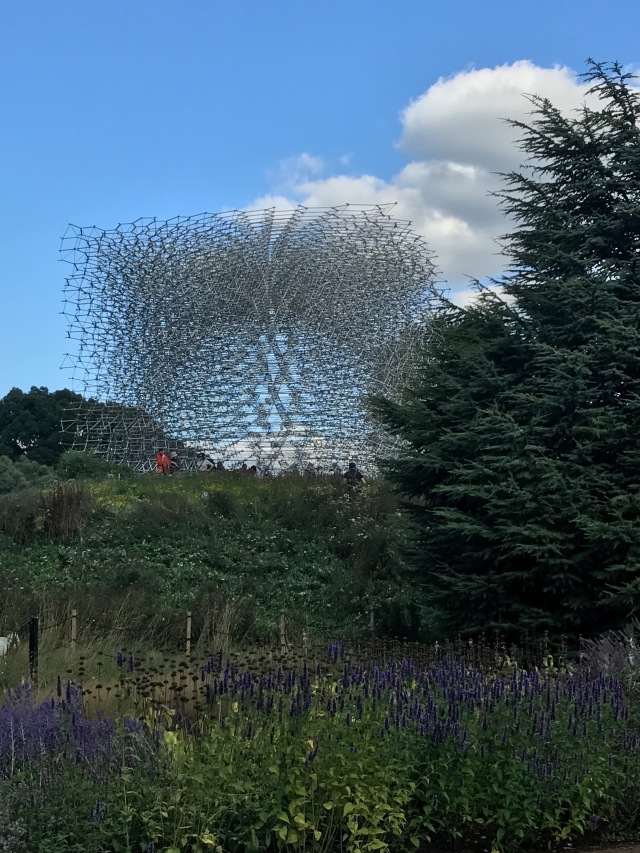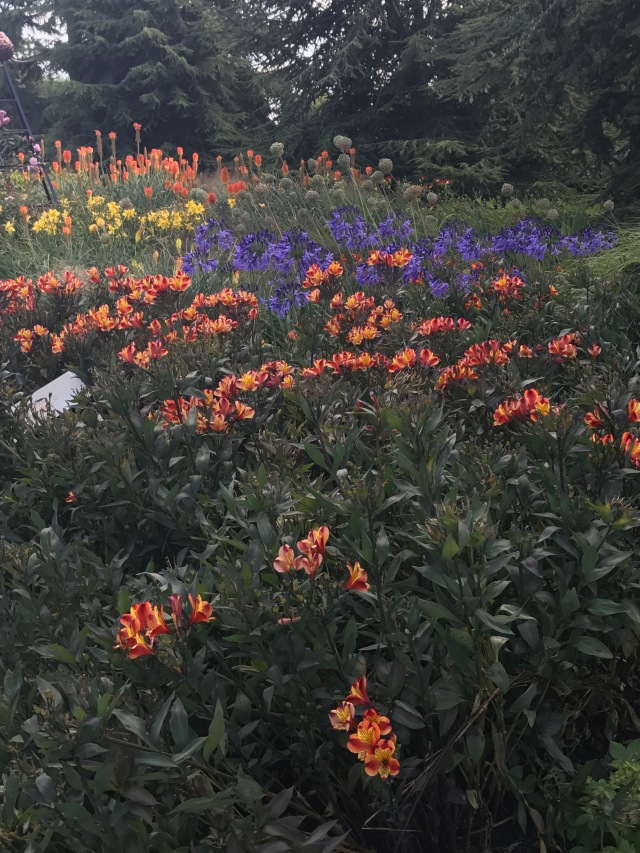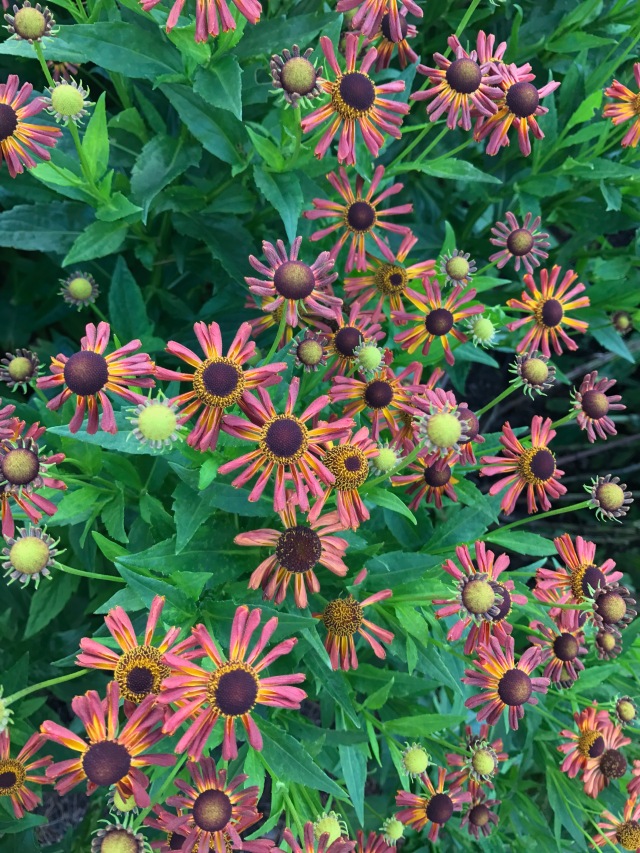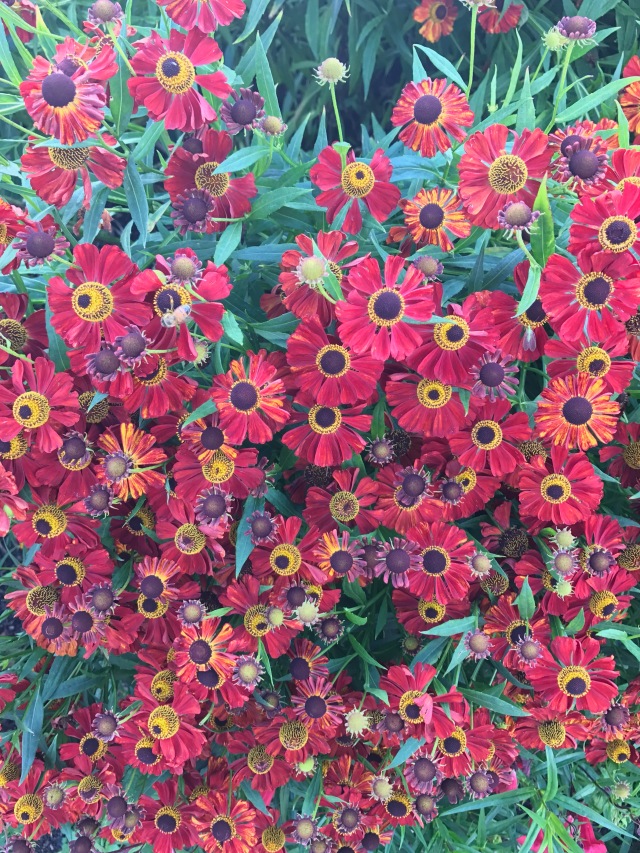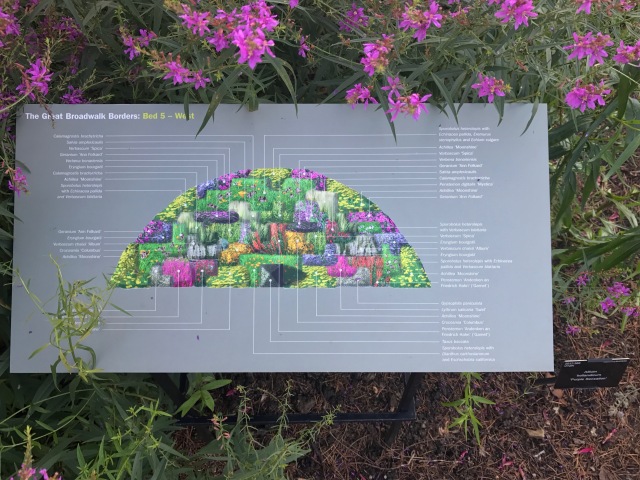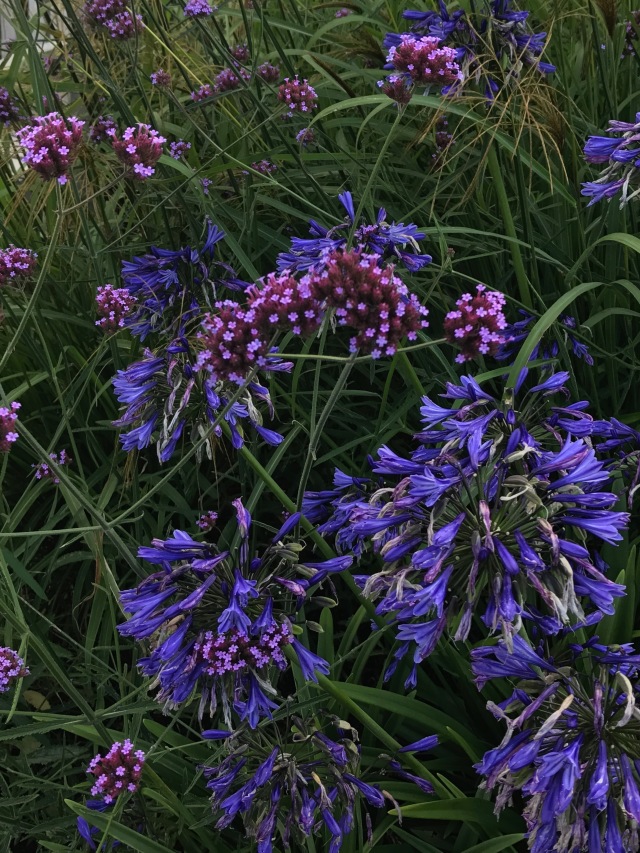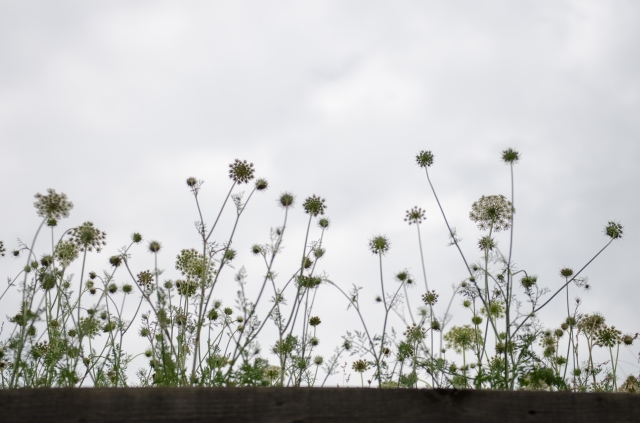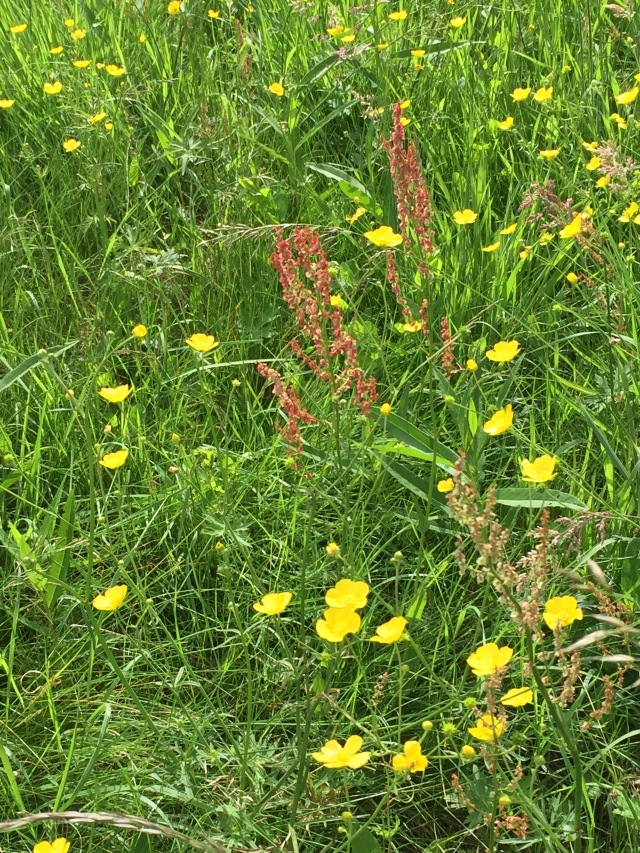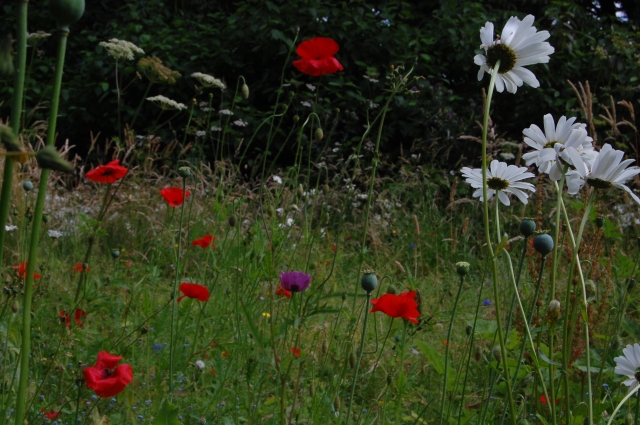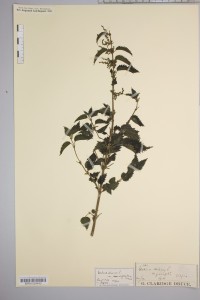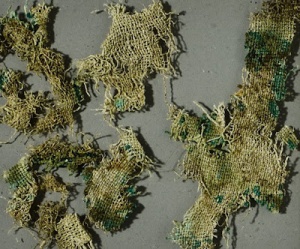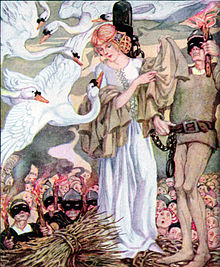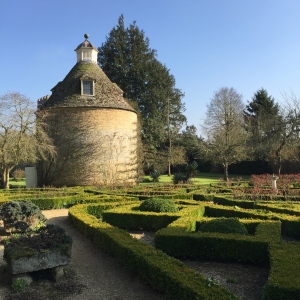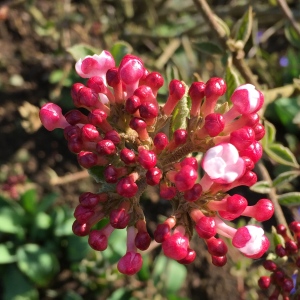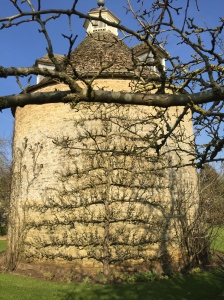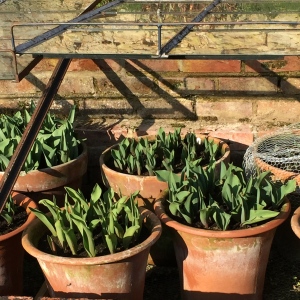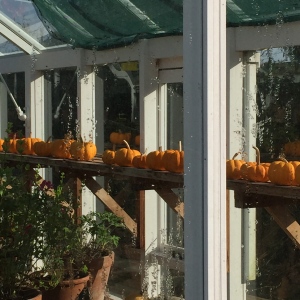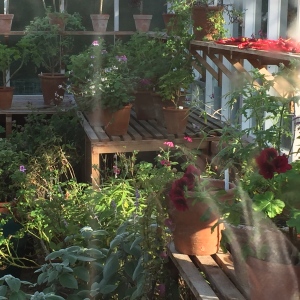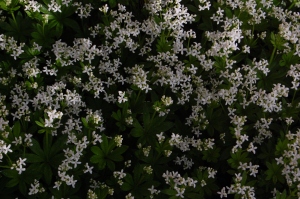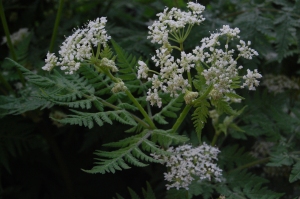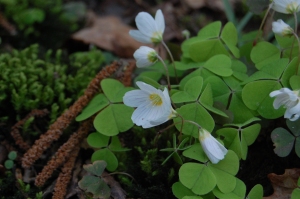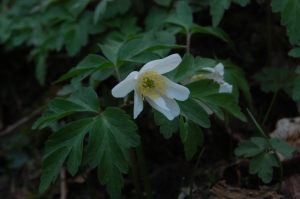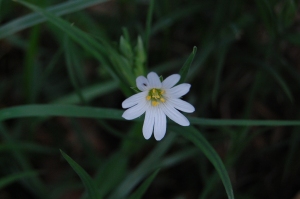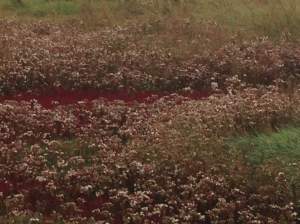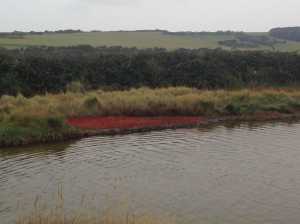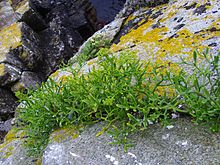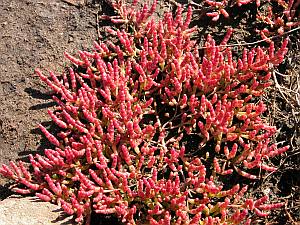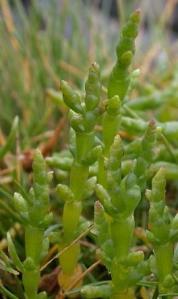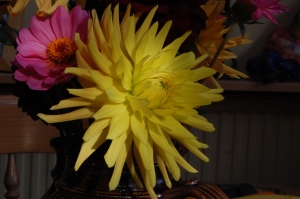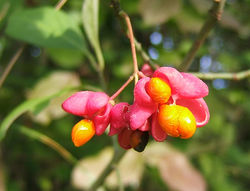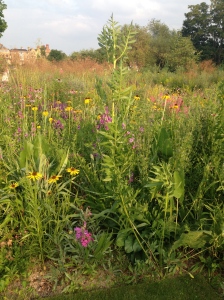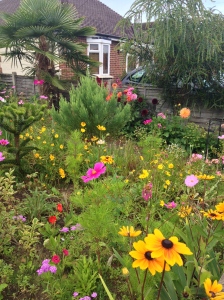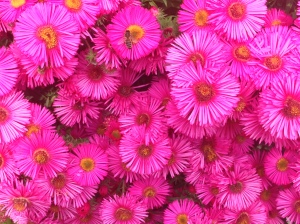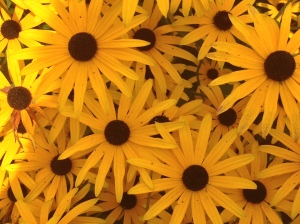January, straight after Christmas, when the gales are gathering and the fireside beckons, that is the traditional time for snuggling up with the new year’s seed and nursery catalogues, daydreaming glorious growings for the year ahead. In my case this usually means enthusiasm for long-forgotten vegetable and flower varieties to be planted in the as-yet unweeded allotment beds. The triumph of hope over experience.
But not this year. I’ve been far too busy designing gardens and, unbelievably, digging over my allotment beds in my spare time, to have had any cosying-up time with the catalogues. Until this weekend, when a week of freezing temperatures and snow has kept me in the study re-scheduling the delivery and planting of a mile of bare-root hedging, and doing all the paperwork I can face. I have a free weekend, a pile of seed and nursery catalogues, and three large beds prepared for planting. Where to start?
It has to be Sweet Peas. They are my June and July, my moon and my stars. Every year, whatever else I fail to do in the garden, I grow Sweet Peas. I started last month with the group of young asylum seekers I work with at the Community Garden. I gathered up all the seed I had left from last year, and we planted Mrs Collier, Lord Nelson, Prince of Orange and Cupani. They wondered at the strange names, and showed polite but frank disbelief at the idea of anything in this freezing climate producing the fragrant flowers I promised. Given that the pots are now undercover in a freezing poly tunnel they may well have a point.

Sweet peas sown and labelled February 2017 by young asylum-seeking students from Oxford Spires Academy
But last year this selection surpassed itself – sown late in March and planted out even later in May they were glorious in July and August, and still flowering, fragrant and without any sign of mildew, in mid October. I grew most of them at the ends of my rows of climbing French beans and runner beans, and I wonder if they appreciated the company?
This year I’ll grow this mix again, but what else do the seed catalogues have to offer? Sarah Raven is disappointing – she has obviously decided her core market wants her enticingly named ‘collections’ – Clouds of Scent, Vintage Silks, Blackcurrant Ripple, Amethyst, and Onyx- and is not much interested in individual varieties, of which she offers only seven (possibly more online). DT Brown – a new catalogue to me, with a huge illustrated selection of vegetable seeds – offers more single varieties, but few of the ‘Old Fashioned’ Sweet Peas of the nineteenth century (and earlier) I love. But I’m tempted by the clear scarlet of Air Warden, a twentieth-century creation. But for the widest choice, time to return to my original and ever-reliable supplier, Chiltern Seeds. Unlike the other two they rely on words rather than pictures to promote the charms of their wares, to my mind the dying art of describing a flower can conjure a different but equally powerful desire to grow it!
So, what shall I choose for my new varieties ? Prince Edward of York, ‘striking two-toned flowers, deep magenta-crimson with a lighter brighter pink, a sweet spicy scent’ is irresistible, and whilst new to me it has been around since 1897. Nelly Viner is a must too, again from the turn of the nineteenth century, ‘a gorgeous clear pastel pink with attractive rounded petals. So pretty and so very very fragrant’ And from the modern varieties I’m tempted by the ‘long, strong stems’ of Charlie’s Angel, a ‘lovely, subtle, pale watercolour blue with a heavenly scent’. Now I just need the snow to clear and the sun to shine.











